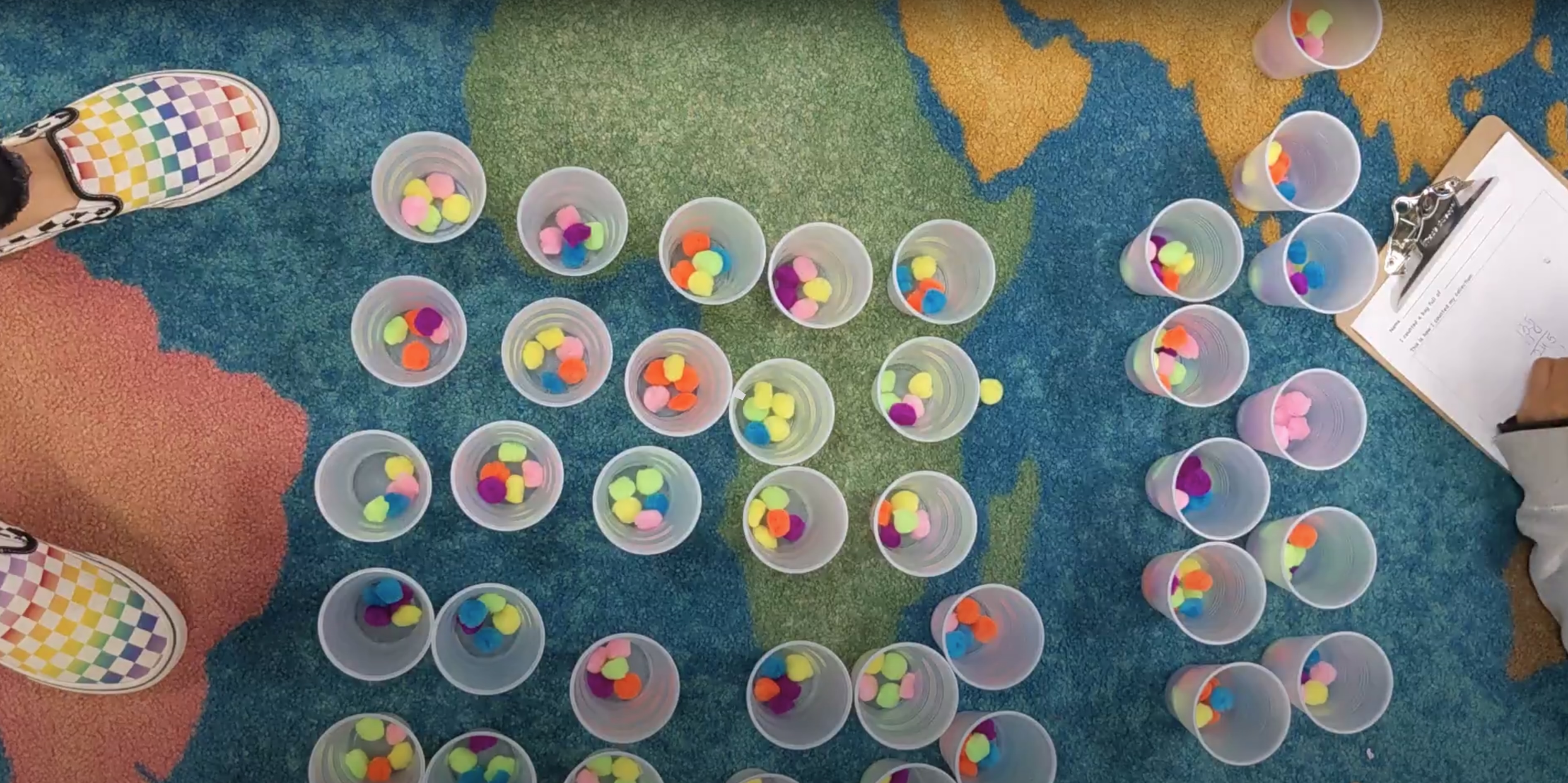In Models of Intervention in Mathematics, edited by Cathy Fosnot and published by NCTM in 2010, Susan Jo Russell wrote a piece called “The habit of reasoning: Uncovering competence through focused instruction.” I love this piece because it gives a structure to how teachers can plan intervention with kids that builds on strengths.
I have heard teachers talking about kids, saying things like, “He has no number sense.” That comment makes little sense to me. I have never met a kid that did not know something about number. A kid that did not have their own set of associations, understandings, and strategies about number. In order to work with kids that may be puzzling, we need to find out what they know. They are not blank slates to be rewritten.
Russell suggests the following three steps when trying to help a child learn an operation.
- “Learn about how the students think about the operation and what they know about its behaviors. The teachers dig below the surface of procedures and skills the students readily use that may mask important understandings on which students can build more general ways of reasoning about the operations.
- Strategically select a significant mathematical idea as an instructional focus. This decision involves the considerable courage to spend extended, focused time on key mathematical ideas that match individual students’ needs and are, in the long run, fundamental to these students’ growth in using mathematics with meaning, even though it means not covering other topics in the curriculum.
- Provide practice that instills new reasoning habits. Some believe that students who are struggling with grade-level computation need more focus on procedures, less on understanding. These teachers [the ones she profiles in the chapter] show how conceptual and procedural knowledge are build together, the procedures grounded firmly in understanding the operations.” (Russell, 2010)
Perhaps my favorite part here is the idea that intensive focus on significant mathematical ideas takes “courage.”

Leave a comment